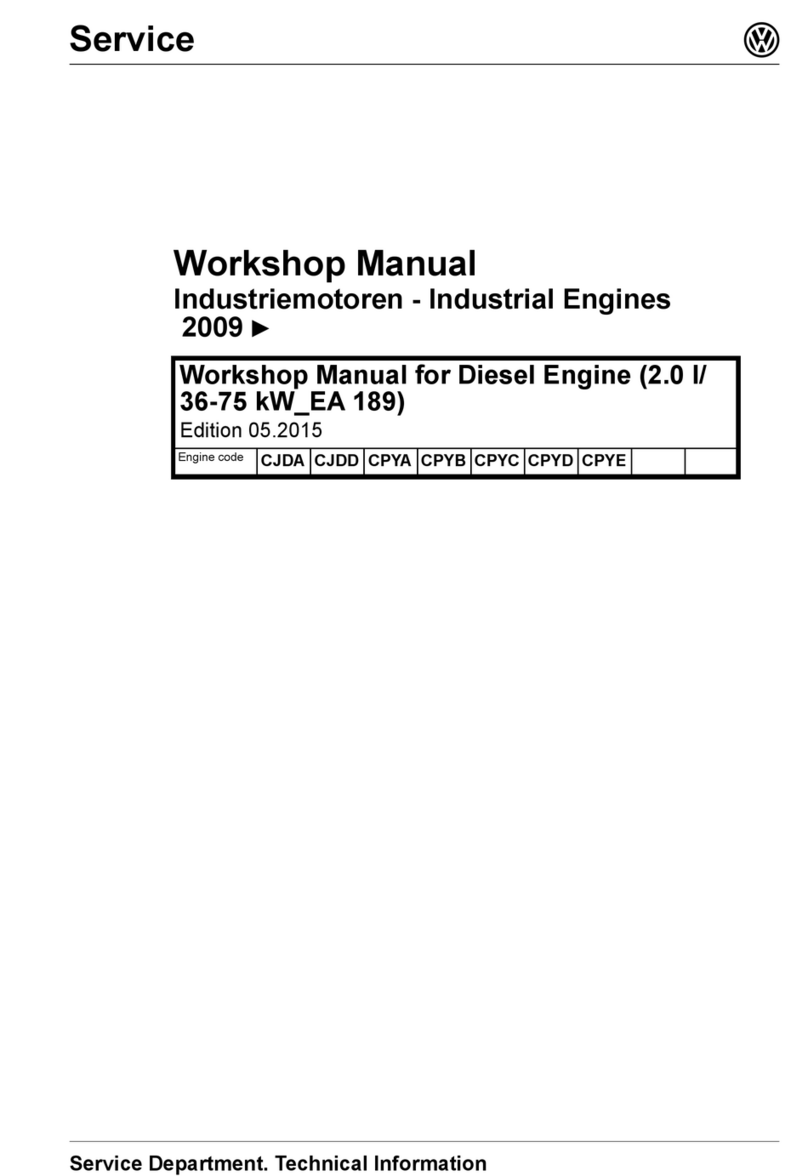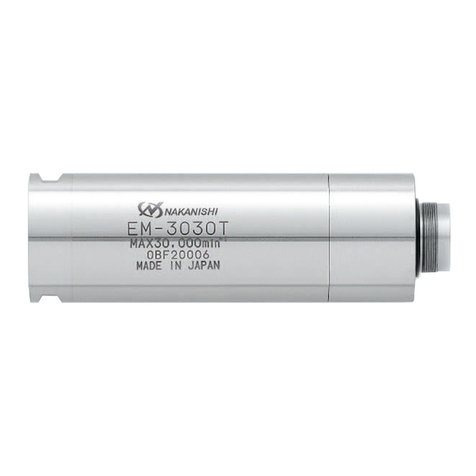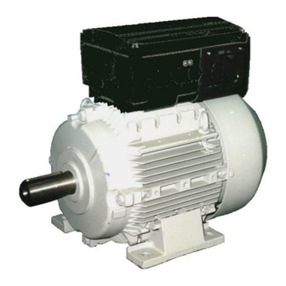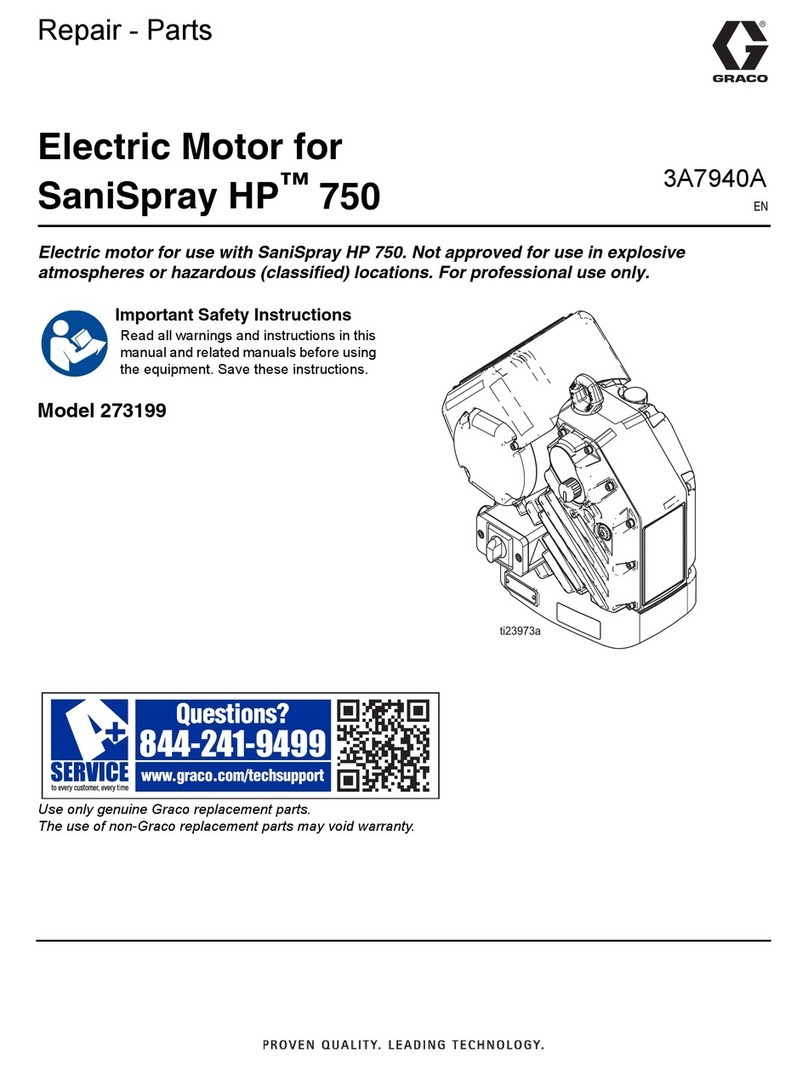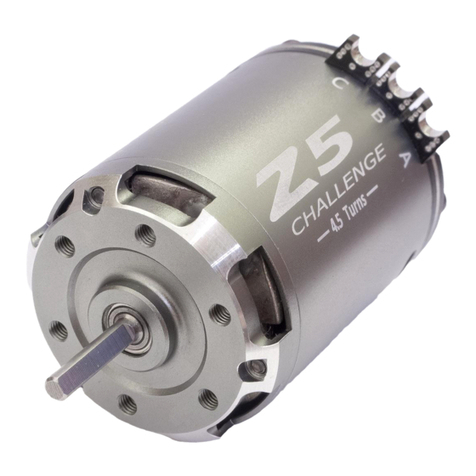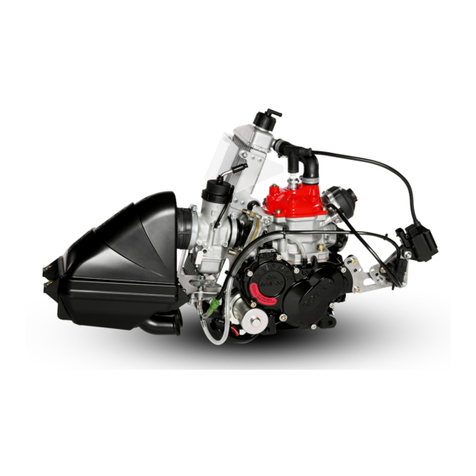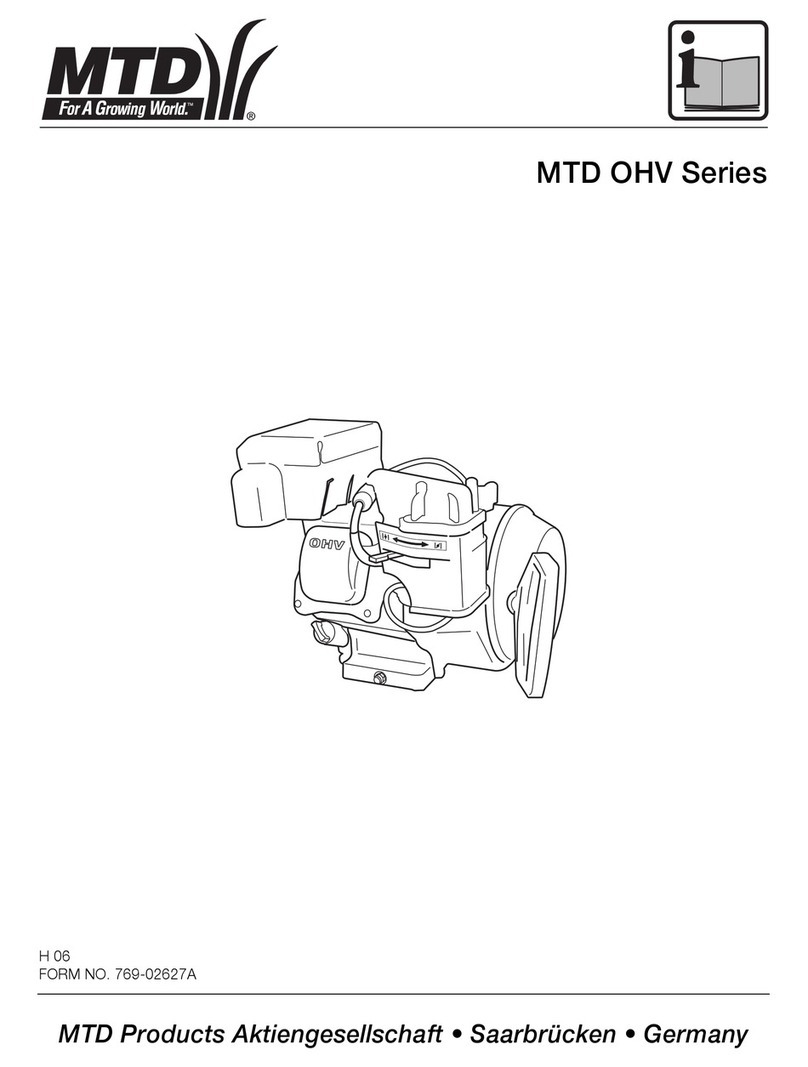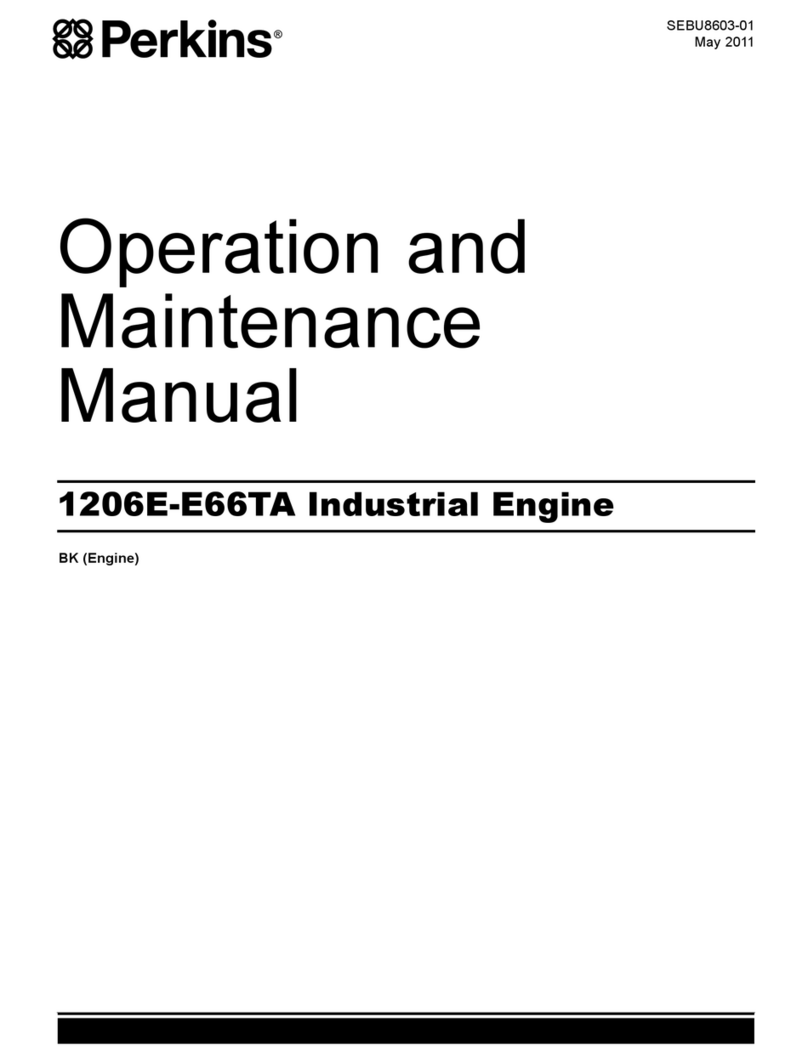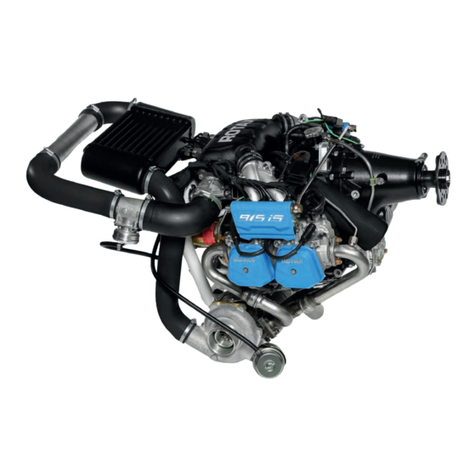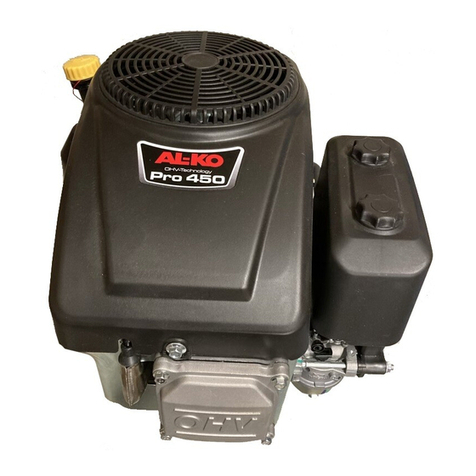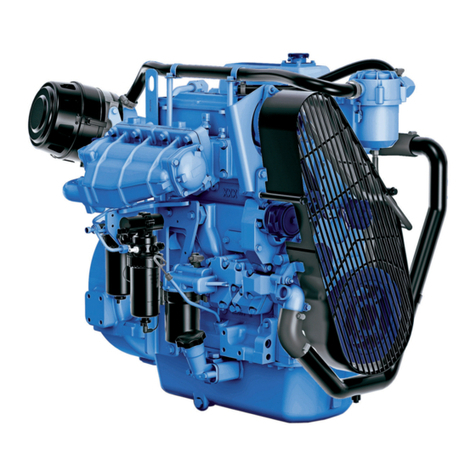
Volkswagen of America, Inc.
Service Training
Printed in U.S.A.
Printed 03/2004
Course Number 89N303
©2004 Volkswagen of America, Inc.
All rights reserved. All information contained in
this manual is based on the latest information
available at the time of printing and is subject to
the copyright and other intellectual property
rights of Volkswagen of America, Inc., its
affiliated companies and its licensors. All rights
are reserved to make changes at any time
without notice. No part of this document may
be reproduced, stored in a retrieval system, or
transmitted in any form or by any means,
electronic, mechanical, photocopying, recording
or otherwise, nor may these materials be
modified or reposted to other sites without the
prior expressed written permission of the
publisher.
All requests for permission to copy and
redistribute information should be referred to
Volkswagen of America, Inc.
Always check Technical Bulletins and the
Volkswagen Worldwide Repair Information
System for information that may supersede any
information included in this booklet.
Trademarks: All brand names and product
names used in this manual are trade names,
service marks, trademarks, or registered
trademarks; and are the property of their
respective owners.
ProCarManuals.com





